Canon EOS 500D / Rebel T1i
-
-
Written by Gordon Laing
Canon EOS 500D / T1i vs Nikon D5000 vs Olympus E-620 Resolution
Canon EOS 500D / T1i results : Real-life resolution / Studio resolution / Noise vs D5000 and E-620 / Noise vs 450D / XSi
Canon EOS 500D / T1i with Canon EF-S 18-55mm IS |
Nikon D5000 with Nikkor DX 18-55mm VR |
Olympus E-620 with Zuiko Digital 14-42mm | ||
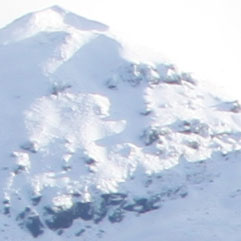 |
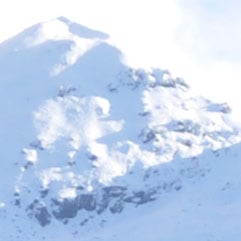 |
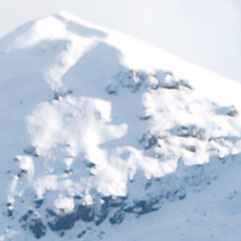 | ||
f8, 100 ISO |
f8, 200 ISO |
f8, 100 ISO | ||
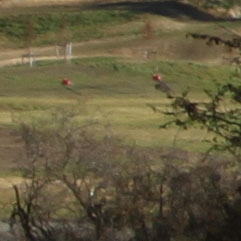 |
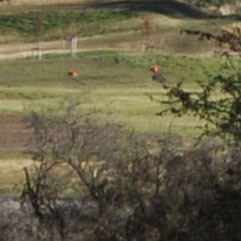 |
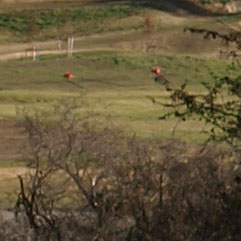 | ||
f8, 100 ISO |
f8, 200 ISO |
f8, 100 ISO | ||
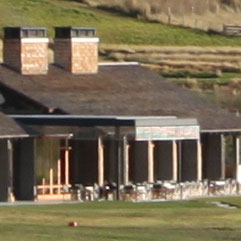 |
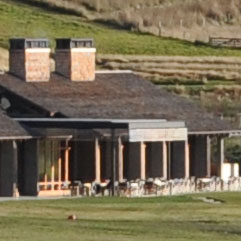 |
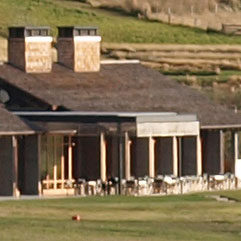 | ||
f8, 100 ISO |
f8, 200 ISO |
f8, 100 ISO | ||
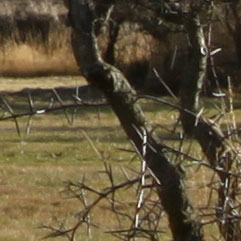 |
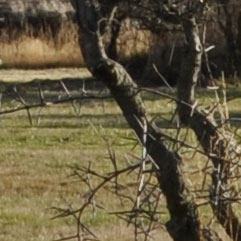 |
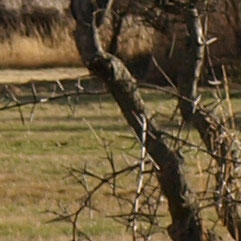 | ||
f8, 100 ISO |
f8, 200 ISO |
f8, 100 ISO |
Canon EOS 500D / Rebel T1i: JPEG versus RAW
|
We photographed the scene here in the EOS 500D / T1i’s RAW plus Large Fine JPEG mode, allowing us to directly compare images created from exactly the same data. Below are 100% crops taken from the original JPEG file alongside the RAW version, processed in Canon’s supplied Digital Photo Professional (DPP) 3.6 software using the default Sharpness of 3, Peripheral Illumination of 70 and the Chromatic Aberration correction set to 100. At first glance, the two crops look very similar, although closer inspection reveals greater sharpening on the in-camera JPEG. This is most apparent in the chimneys on the building, along with other details in the roof, which appear softer and less defined on the RAW version using DPP’s default settings. It’s revealing that even though most of the 500D / T1’s in-camera JPEGs have a slightly soft appearance, the camera is clearly applying greater sharpening to them than you might initially think. Boost the sharpening on the RAW file and you can achieve a similar appearance. To see a more technical comparison between in-camera JPEGs and RAW files from the 500D / T1i, see our Studio Resolution page. In the meantime, what this particular cropped area doesn’t show is DPP’s effective elimination of coloured fringing on the RAW file. It’s just a shame Canon still doesn’t apply this correction to in-camera JPEGs like Nikon and Panasonic. |
Canon EOS 500D / T1i JPEG with Canon EF-S 18-55mm IS |
Canon EOS 500D / T1i RAW with Canon EF-S 18-55mm IS | |
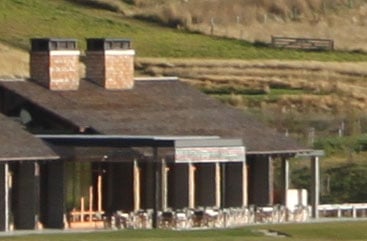 | 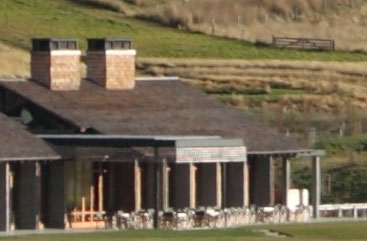 | |
f8, 100 ISO |
f8, 100 ISO |
Canon EOS 500D / T1i results : Real-life resolution / Studio resolution / Noise vs D5000 and E-620 / Noise vs 450D / XSi
| ||||
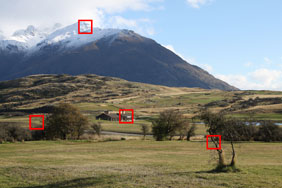 |
To compare real-life performance we shot this scene with the Canon EOS 500D / T1i, Nikon D5000 and Olympus E-620 within a few moments of each other using their best quality JPEG settings, lowest base sensitivities and default processing options.
Each camera was fitted with its respective kit lens (see details below) and adjusted to deliver the same vertical field of view. We focused on the building in the middle crop using Live View and took each shot in Aperture Priority at f8 with Auto White BalanceThe image above was taken with the Canon EOS 500D / Rebel T1i at a sensitivity of 100 ISO and the kit lens set to 46mm f8; the original Large Fine JPEG file measured 6.65MB. The crops below are taken from the areas marked by the red squares and presented at 100%. Note our usual elevated view of Queenstown was unavailable as the Skyline Gondola was closed for refurbishment during May 2009.
Note the Canon 500D / T1i and Nikon D5000 capture wider 3:2 aspect ratio images than the Olympus E-620, so by matching the vertical field of view on all three, we’re effectively cropping the sides from the 3:2 models and treating them as 13.4 and 10.8 Megapixel cameras respectively, delivering 4:3 shaped images. As such, the D5000’s ‘lower’ resolution in the 4:3 frame considered here means its crops show the largest area, while the Canon crops show the smallest area because it still has effectively the highest resolution. Note if only comparing the Canon and Nikon crops, you can ignore the above as both captured exactly the same 3:2 area.
The Canon 500D / T1i takes the lead in the first row of crops with sharper details in the tricky highlighted area of the snowy mountain-top. While not obvious in these particular crops though, the Canon also suffered from the most obvious fringing of the three – not just because the kit lens suffers from it, but equally because the camera doesn’t do anything about it. The Nikon and Olympus models exhibited little to no fringing because the former corrects it in-camera, while the latter has a better-corrected kit lens to start with.
The 500D / T1i’s higher sensor resolution should give it a detail advantage, especially in ideal conditions like these under direct sunlight and with the lowest sensitivity. However in the second row of crops, the finely detailed branches are less well resolved on the Canon compared to its rivals. This is partly down to the average kit lens supplied with the Canon and proves if you want to see any benefit over 12 Megapixel models, you should really be equipping it with sharper optics.
That said, take a crop from the well-corrected central portion of each lens and the Canon’s three extra Megapixels can resolve finer details. In the third row of crops this is most apparent in the chimney detail, although the Olympus E-620 actually comes close – but again when comparing these two models in this test, there’s only one effective Megapixel between them.
The final row of crops taken from closer to the edge again reveals the Canon suffering a little on fine details in the grasses, although here the Olympus E-620 is no better.
While you need to take aspect ratios and effective resolutions into account when comparing the E-620, the Canon and Nikon samples can be directly compared as both captured exactly the same area. This is a particularly interesting comparison to make as the Canon has three extra Megapixels over its arch rival, yet you’d be hard pushed to notice it in this shot taken under real-life conditions with their respective kit lenses. While the Canon kit lens is clearly a weak-point in the standard bundle, it still reveals there’s not necessarily much benefit in having those extra pixels. The advantage over the Nikon samples is subtle, and in some cases the D5000 actually has the edge.
To really see the difference between them, you need to enter a studio and start shooting test charts, especially with higher quality lenses. So to see what the 500D / T1i’s capable of, check out our Studio Resolution page. Alternatively, scroll down to the bottom of this page to see a real-life RAW versus JPEG comparison.





